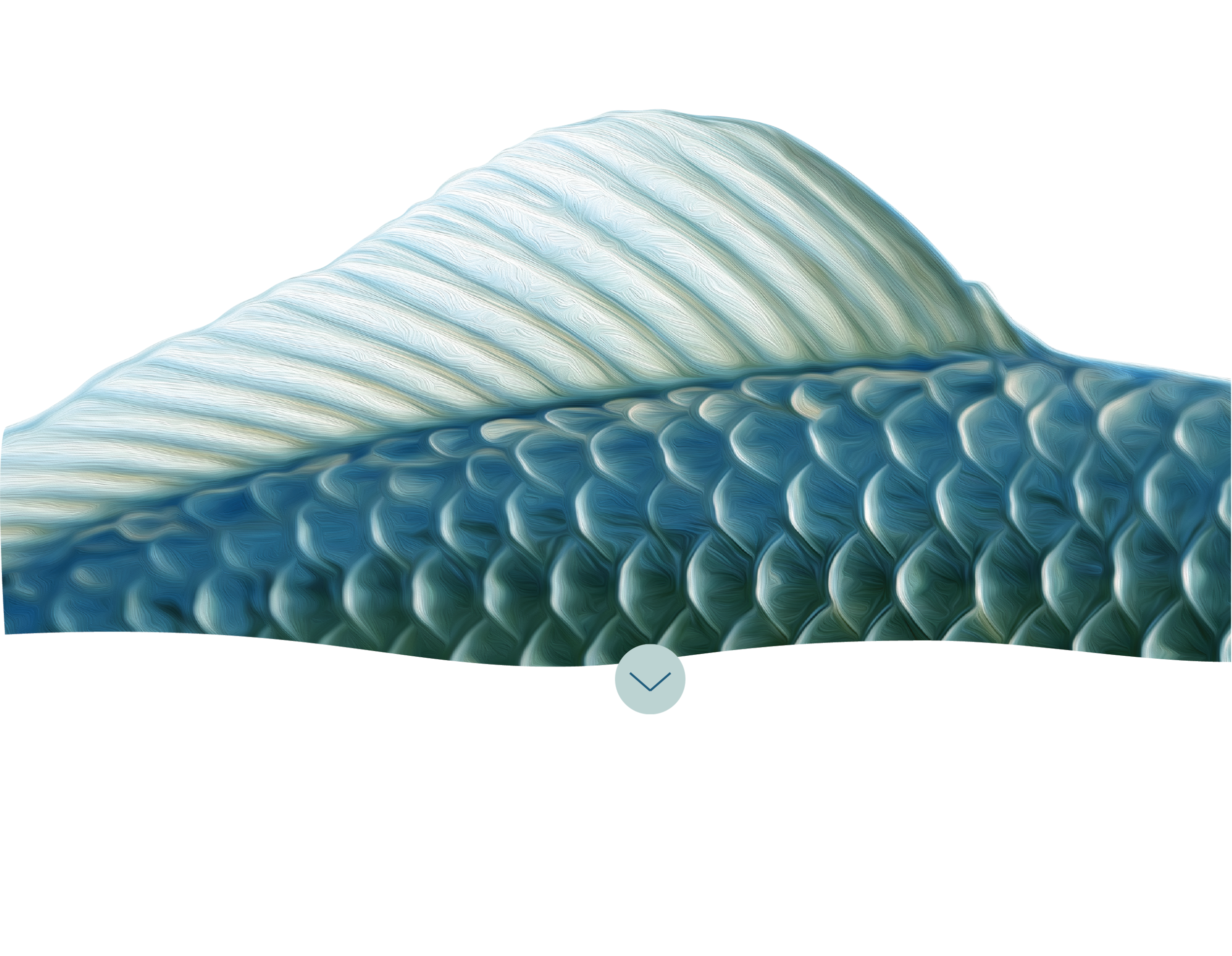
Mission
Aquatic invasive species are a global problem that negatively impact ecosystems, fisheries, and commerce. Recent advances in genome engineering and gene editing have greatly accelerated the research and development of proof-of-concept genetic control strategies that essentially turn the pest organisms against themselves. In principle, these will yield engineered biocontrol agents that are released to the impacted environment to spread deleterious genes that reduce population levels of the target pest. These have unique risk-benefit profiles compared to physical or chemical control methods and promise to be a powerful tool for the development of integrated pest management plans.
The Genetic Control for Aquatic & Reef Pests International Research Consortium (gCARP-IRC) is a community of stakeholders from diverse backgrounds that share the common goal of developing, testing, and modeling novel genetic biocontrol approaches. Through regular meetings, outreach activities, and engagement with funding organizations and regulatory agencies, we seek to coordinate efforts bring these technologies to the field.
Who we are
gCARP-IRC is a community of engaged stakeholders. Our strength lies in the diversity of backgrounds, expertise, and perspectives on advancing genetic biocontrol of aquatic pests.
Partners
Members of the gCARP International Research Consortium currently are currently supported by a group of stakeholders that includes academic, industrial, and government organizations.
Moving the field forward
If you are excited about helping to protect our aquatic ecosystems, please contact gCARP-IRC to learn how you can help. One of the aims of our organization is to monitor the Technology Readiness Level (TRL) of various genetic biocontrol approaches for aquatic pests. The TRL system was developed by scientists, engineers, and managers at NASA in the 1980’s to classify the maturity level of new technologies. The TRL scale spans from 1 (ideation) to 9 (successful widespread implementation and adoption) with key milestones and metrics for advancing between readiness levels. Proper framing of research and development efforts within the framework of TRLs helps to manage expectations from funders and stakeholders and to focus efforts on things that will help to move the needle forward. Genetic biocontrol methods for aquatic pests are all currently at TRL 1 and 2 (pre-proof of concept). Advancing a technology to the proof-of-concept level of TRL 3 requires investment in research and development activities. Moving into the TRL4-7 range signifies a transition towards demonstrations in field-like and field environments that are increasingly representative of the eventual use scenario. These stages require increasing engagement with regulatory agencies, watershed management organizations, and the formation of private-public partnerships to produce biocontrol agents at larger scales. Finally, TRL 8-9 technologies are mature and being implemented on modest or widespread scales.
Importantly, the type of contributions needed to ‘move the needle’ will be different as a technology advances from TRL 1-9. gCARP-IRC will perform formal Technology Readiness Assessments and make this information public for the benefit of all stakeholders. Stay tuned for more.
Contact
Please send any inquiries to gCARP.IRC [at] gmail [dot] com








